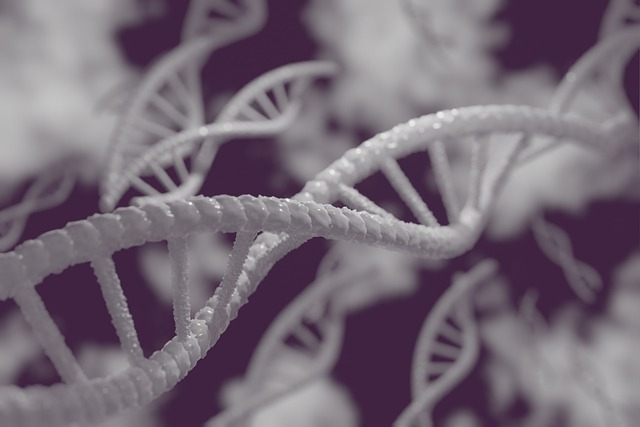Tuatara used to be one of the several Rhynocephalia species that had once lived in the continent of Gondwana millions of years ago. Tuatara—also known as the dinosaur survivor—has genetic links to not only reptiles but also to the mammals like humans and scientists think that its DNA may hold the secret of longevity.
Neil Gemmel, a professor of anatomy at the University of Otago in New Zealand, in a recently conducted study, published in the journal Nature, said that this creature, one of the world's oldest species, has a genomic architecture "unlike anything previously reported, with an amalgam of features that have previously been viewed as characteristic of either mammals or reptiles."
The Evolution and Mystery

Amniote vertebrates—a clade of tetrapod vertebrates comprising the reptiles, birds, and mammals—are thought to have first appeared on earth around 312 million years ago and then branched off into two groups. Synapsids included ancient mammal species and now-extinct reptiles which had mammalian characteristics. Sauropsids were once dinosaurs and used to be ancestors of reptiles that have vanished from the earth or evolved into modern birds, lizards, and snakes.
But the Tuatara, which is also called New Zealand's living dinosaur, has puzzled researchers for so long due to its synapsid and sauropsid features which could reveal what we never knew about the evolution of amniote.
Synapsid and sauropsid characteristics similar to tuatara include extreme night vision and a sense of smell that could identify potential mates, as well as potential prey.
As per scientists, Tuatara—whose name derives from the Māori language that means "peaks on the back"—has one of the largest vertebrate genomes ever. There are some repeating elements, unique to this lizard-like species, which became the entire phylum after it separated from snakes and lizards.
Hope for The Future
Tuatara shares parts of its genome with modern species like turtles, chickens, and even humans. The types of repeating elements in its DNA are closer to mammals, in comparison with lizards and birds. As per the scientists, Tuatara has evolved specialized genes for immunity, metabolism, thermal regulation, and odor reception.
Scientists believe that replicating such 'major histocompatibility complex' genes in humans could save several lives in the future. After conducting the recent study on the ancient-still living creature, scientists believe that the understanding of its extremely low metabolism and Methuselan longevity may open a new door of possibility to extend the human lifespan.

As Tuatara can live up to 100 years, making it the longest-lived reptiles after a tortoise, scientists believe that there may be a link to certain proteins in the species along with the genes that protect them from free radicals.
Gemmel explained that the MHC genes play an important role in "disease resistance, mate choice and kin recognition, and are among the most polymorphic genes in the vertebrate genome." While explaining the recent research process he also added that "Our annotation of MHC regions in the tuatara, and comparisons of the gene organization with that of six other species, identified 56 MHC genes."
As per the scientists, further research on Tuatara could help unlock still-unknown amazing advances in the future.









